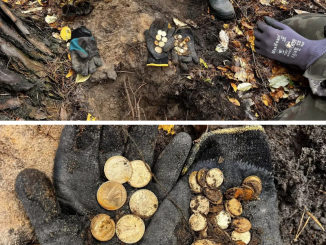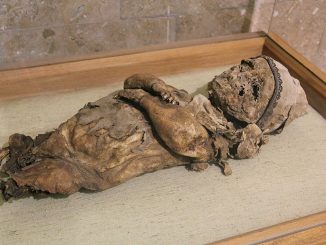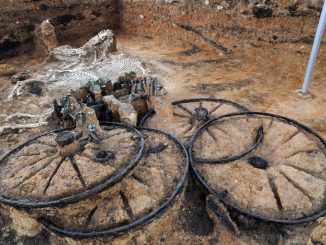In the heart of Rome, amidst the hustle and bustle of the historic center, lies a hidden gem that whispers tales of ancient mysteries and forgotten rituals. The Barberini Mithraeum, discovered by chance in 1936, transports visitors back to the enigmatic world of the cult of Mithras, an Iranian deity widely revered by the Roman legions during the Middle and Late Empire. Nestled in the basement of the Palazzina Savorgnan di Brazzà, within the grounds of Palazzo Barberini, this well-preserved sanctuary offers a rare glimpse into the sacred rites of Mithraism.
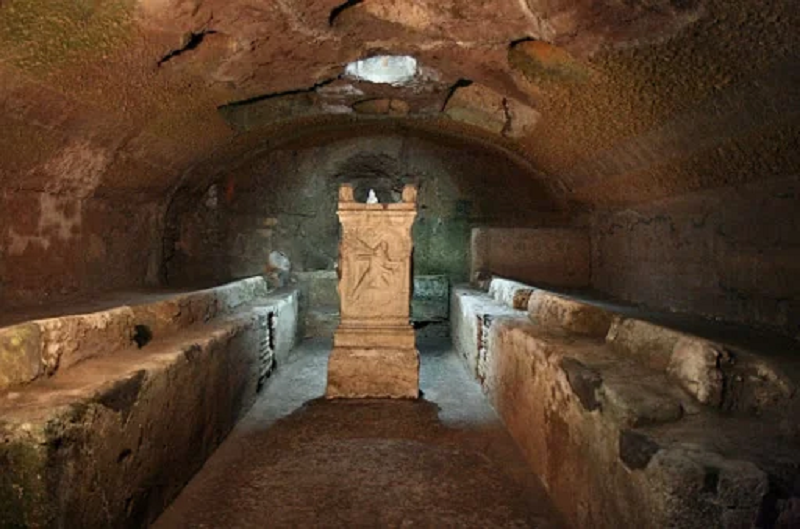
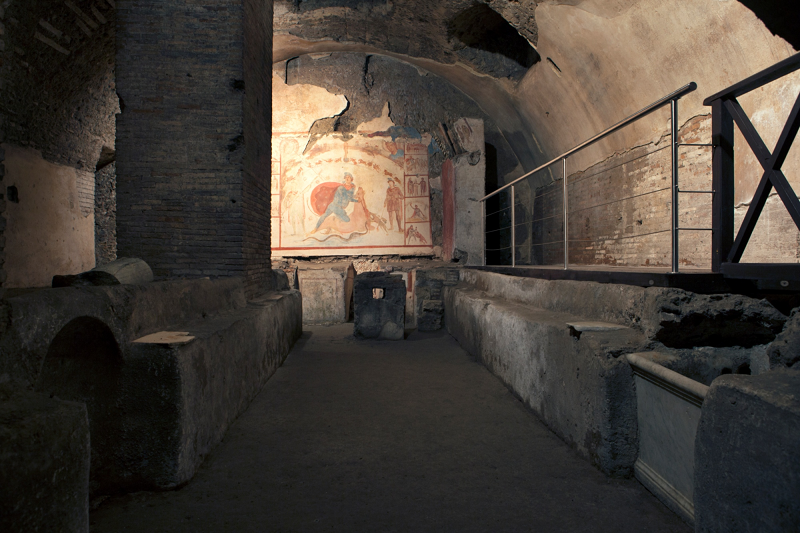
Unveiling the Secrets
The Barberini Mithraeum, dating back to the 3rd century AD, stands as a testament to the enduring allure of Mithraism. Despite its modest size, this underground chamber exudes an aura of mystique and reverence. Measuring approximately 11 meters by 6, the rectangular hall is adorned with a mesmerizing array of frescoes, rivaling only the contemporary Mithraeum of Santa Prisca in Rome.
At the heart of the Mithraeum lies its pièce de résistance: the taurobolium. This central scene depicts Mithras, accompanied by the personifications of Sol (the Sun) and Luna (the Moon), ritually slaying a bull—an act symbolic of creation and renewal. Flanked by Cautes and Cautopates, embodiments of dawn and dusk, Mithras embodies the cosmic struggle between light and darkness, life and death.
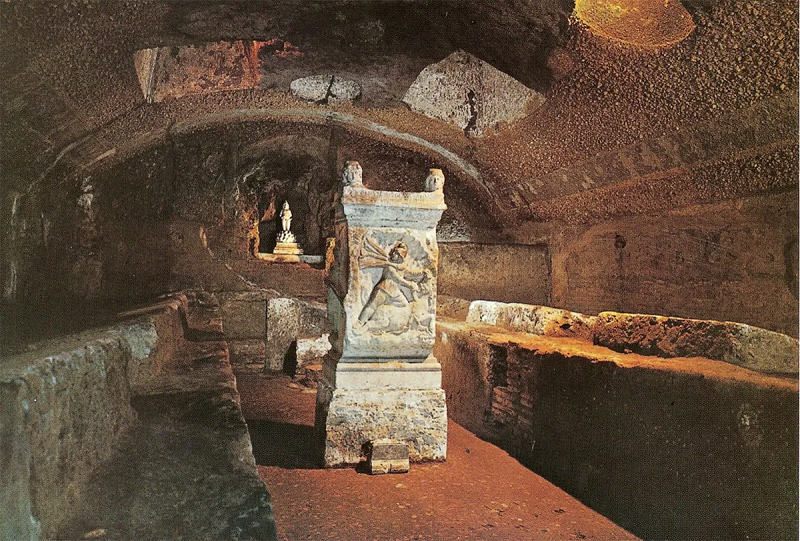
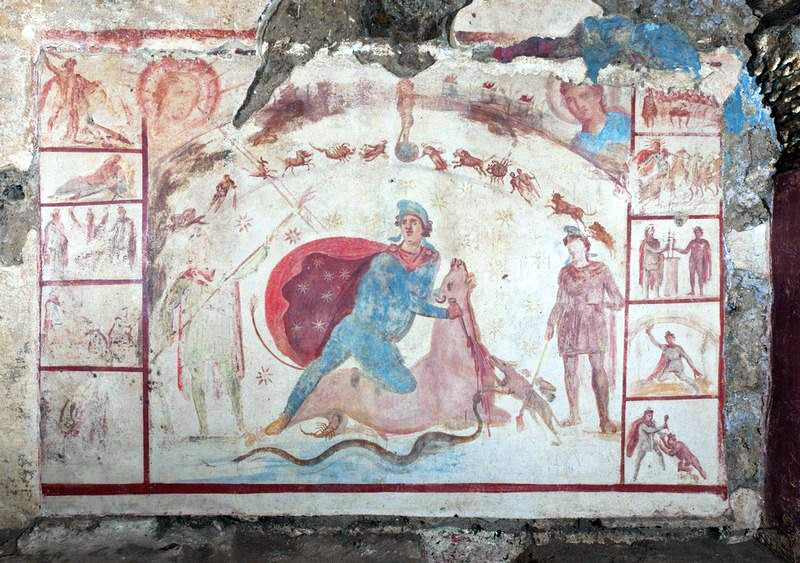
Surrounding the taurobolium are ten votive boards, each intricately decorated with zodiac signs and symbolic imagery. These panels offer insights into the sacred myths and deeds of Mithras, shedding light on his divine nature and celestial significance. As worshippers gathered in the Mithraeum, they would have been enveloped in a tapestry of symbols and allegories, immersing themselves in the mysteries of the cult.
Journey into the Past
Stepping into the Barberini Mithraeum is akin to embarking on a voyage through time. The air is thick with the echoes of ancient chants and the faint scent of incense, evoking the solemnity of Mithraic rituals. Along the sides of the hall, stone benches known as praesepia offer clues to the intimate gatherings that once took place here. It is believed that initiates would have reclined upon these benches, partaking in sacred banquets commemorating the mythical feast shared by Mithras and the Sun god.

As archaeologists painstakingly excavated the Mithraeum, they uncovered a trove of artifacts and inscriptions, each revealing fragments of the cult’s rich tapestry. From engraved altars to ceremonial vessels, these relics provide tantalizing glimpses into the daily lives and devotions of Mithraic worshippers. Through meticulous study and analysis, scholars continue to unravel the enigmatic legacy of Mithraism, piecing together its rituals and beliefs.
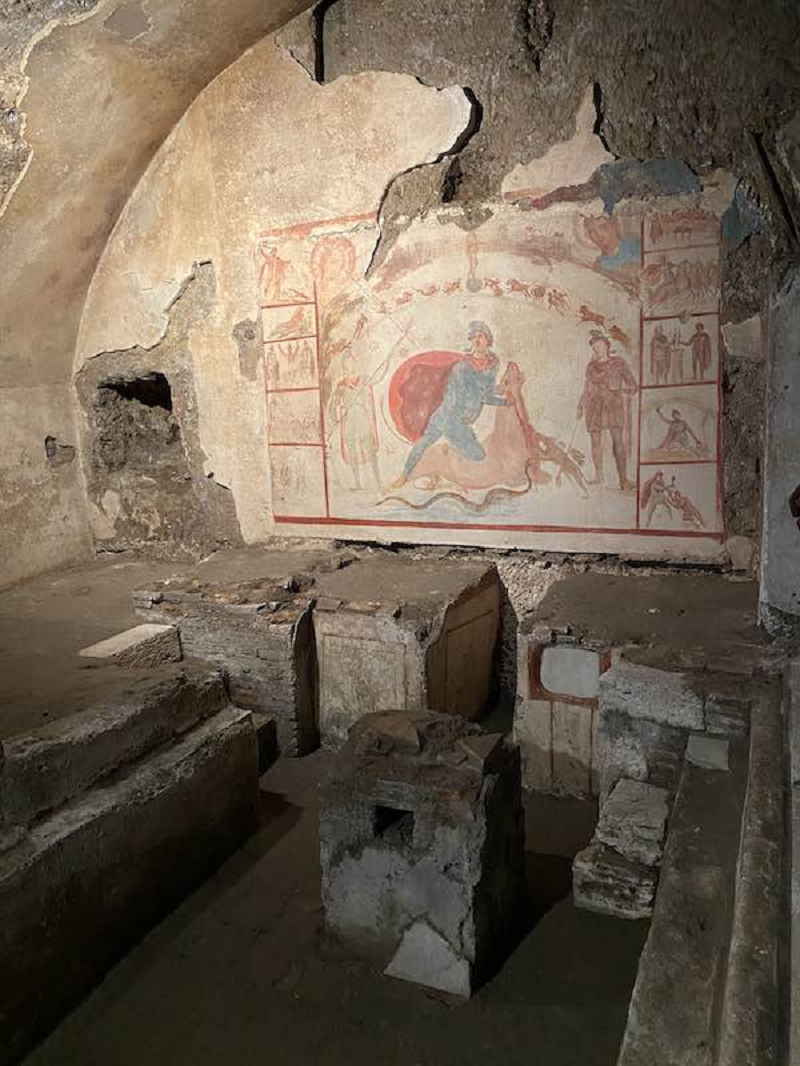
The Barberini Mithraeum stands as a testament to the enduring allure of ancient mysteries. In its dimly lit chambers, the echoes of a bygone era resonate, offering glimpses into the esoteric world of Mithraism. As visitors explore this hidden jewel in the heart of Rome, they are invited to contemplate the enduring power of faith and the timeless quest for transcendence. Though centuries have passed since the last worshipper uttered a prayer within its walls, the legacy of the cult of Mithras endures, a testament to the enduring fascination of the human spirit.
